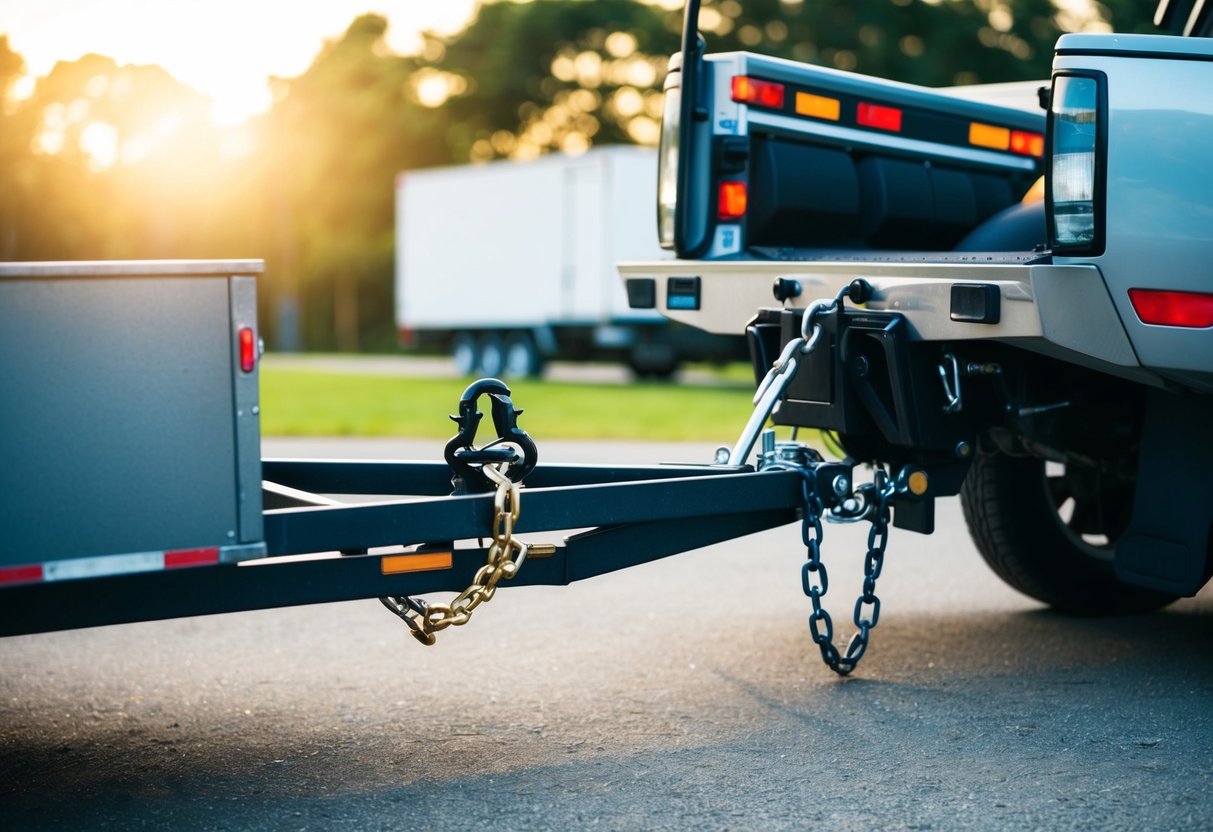The Ultimate Guide to Safely Towing with Your Vehicle: Essentials for Every Owner
Loading and Securing the Trailer

To ensure safe towing, it is essential to properly load and secure the trailer. Effective weight distribution and securely fastened cargo are crucial to prevent accidents and damage.
Properly Distributing Cargo Weight
Weight distribution plays a crucial role in preventing trailer sway and maintaining vehicle control. An even distribution of weight ensures stability. Place heavier items over the axle and lighter items on either side. This setup minimizes the risk of trailer sway. Drivers should be mindful of the gross trailer weight and the vehicle’s towing capacity to avoid overloading.
Safety chains are vital when towing. They serve as a backup connection between the trailer and tow vehicle. Allow enough slack for the trailer to turn smoothly, but not drag on the ground. Regular inspections for wear are recommended to ensure their reliability.
Securing Items to Prevent Shifting
Securing items tightly is vital to avoid shifting during transit. Use strong straps and tie-downs to firmly hold cargo in place. Items should not move even over rough terrain. Check the securements regularly during long trips to ensure they remain tight.
Additionally, cover loose items with a tarp or net. This prevents them from becoming projectiles on the road. For added safety, ensure that all essential gear adheres to recommended load limits and is in good working order. Regular practice and attention to detail greatly reduce risks linked with unsecured loads.
Safe Towing Practices
Towing safely is essential to ensure both the driver and the towed load reach their destination without incident. This involves using appropriate equipment, and adapting driving techniques to accommodate the additional weight and length of the vehicle plus the towed unit.
Understanding and Using Tow Mirrors
Proper use of tow mirrors is crucial when towing. They provide extended visibility, covering blind spots that standard mirrors cannot. A driver should adjust tow mirrors before starting the journey, ensuring a clear view down both sides of the trailer or caravan being towed.
Tow mirrors come in various types, including clip-on and slide-in extensions. It’s advisable to select ones that fit securely, offer solid reflectivity properties, and remain stable even at speed.
Regular checking of mirror positioning during a trip is essential as vibrations can cause them to move. This attention to mirror use ensures safe lane changes and turns.
Adapting Driving Techniques for Towing
Towing changes vehicle dynamics significantly, affecting acceleration, braking, and turning. A driver should allow for increased stopping distances due to the added weight. It’s important to brake earlier than usual, ensuring a smooth halt and avoiding abrupt stops that could destabilize the trailer.
Speed should be kept moderate, with sustained awareness of the trailer’s movements. Winding roads, tight corners, and hills require extra caution and reduced speed to maintain control.
Familiarity with towing-specific tools like safety chains is important, as they help maintain connection if the hitch fails. Safety chains should always be crossed under the trailer tongue to support it in the event of disconnection, providing an extra layer of security.



